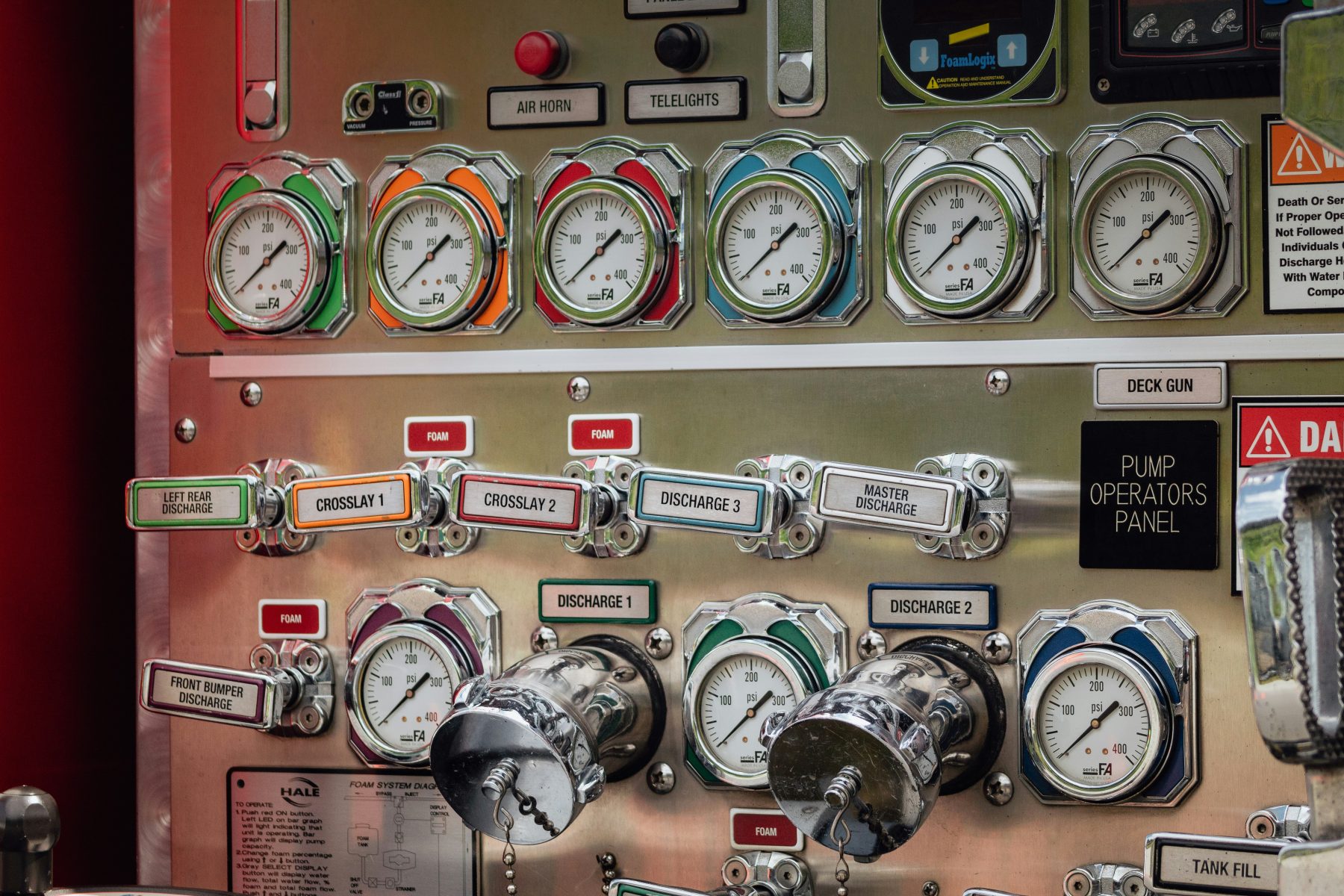The latest monitoring by Intesa Sanpaolo districts in December 2023 highlights an increase of 0.4% in exports between January and September. Such growth is mainly driven by instrumental mechanics, with an outstanding performance in the first quarter of 2023 (+7.4%). However, the third quarter saw a decline of 3.7%, partially mitigated by high-capacity mechanical export areas.
District Stars in Mechanics.
In the ranking of export values in the first nine months of 2023, nine mechanical districts are among the top twelve. Among these, stand out the Instrumental Mechanics of Milan and Monza and Brianza, with an increase of 10.8%, and the Packaging Machines of Bologna, recording a remarkable +24.8%. Other key districts include Bergamo, Parma, Reggio Emilia, Modena, Turin, and Trento.
The Key Role of the Food Sector.
In addition to mechanics, the food sector has positively contributed to overall growth. All districts recorded a 0.4% increase, equivalent to 409 million euros, bringing the total exports to over 113 billion euros in the first nine months.
Regional Variations and Future Perspectives.
However, there is a change of pace in the third-quarter data. While there were 82 growing district areas between January and September, this value drastically reduces to 70 in the third quarter. The most affected area is the metals of Brescia, with a sales contraction of one billion euros. Switzerland represents the country with the largest decline (-1.6 billion), significantly impacting luxury districts like Florence’s leather goods.
Outlook for 2024.
Analysts predict that 2024 could be characterized by two-speed growth. Positive trends are expected for the exports of the agro-food and mechanical industries, benefiting from the ongoing technological and green transition. However, for other high-intensity district sectors, export growth might only show a more consistent increase in the second half of the year. Forecasts are based on a potential easing of inflationary pressures and a consequent increase in purchasing power.
In conclusion, despite challenges in the global economic landscape, Italian industrial districts maintain a competitive position due to their specialization and ability to adapt to changing market conditions. Diversification and innovation remain crucial to supporting long-term growth.



